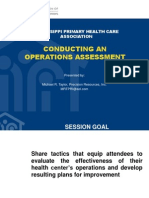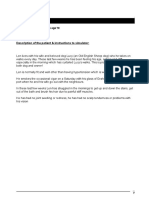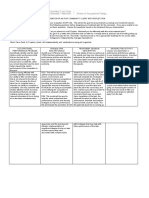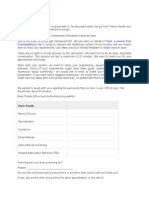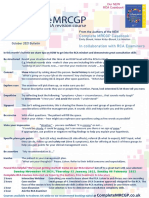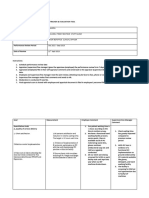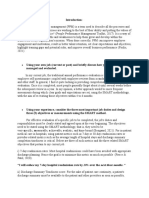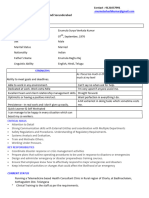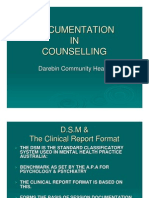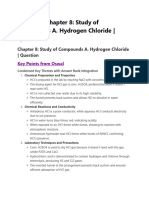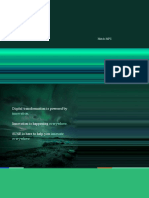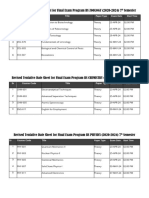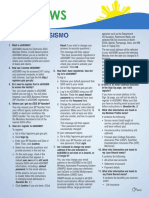0% found this document useful (0 votes)
60 views6 pagesWeek-3 - +Prompt+Engineering+w - o+Code+-+Caselets
This document contains transcripts from two meetings:
1. A healthcare provider is analyzing patient reviews to identify issues. Two reviews are presented, one positive for Dr. Emily Roberts and one negative for Dr. David Smith.
2. An app developer is working to automate meeting note summaries. A sample meeting transcript is provided about an inventory optimization project kickoff meeting. Key discussion points, action items, risks and timelines are presented.
Uploaded by
SudhanshuCopyright
© © All Rights Reserved
We take content rights seriously. If you suspect this is your content, claim it here.
Available Formats
Download as PDF, TXT or read online on Scribd
0% found this document useful (0 votes)
60 views6 pagesWeek-3 - +Prompt+Engineering+w - o+Code+-+Caselets
This document contains transcripts from two meetings:
1. A healthcare provider is analyzing patient reviews to identify issues. Two reviews are presented, one positive for Dr. Emily Roberts and one negative for Dr. David Smith.
2. An app developer is working to automate meeting note summaries. A sample meeting transcript is provided about an inventory optimization project kickoff meeting. Key discussion points, action items, risks and timelines are presented.
Uploaded by
SudhanshuCopyright
© © All Rights Reserved
We take content rights seriously. If you suspect this is your content, claim it here.
Available Formats
Download as PDF, TXT or read online on Scribd
/ 6
